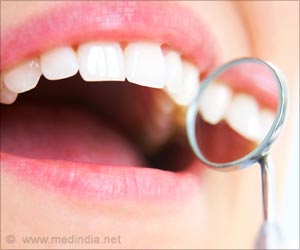
Experts warn against the dangerous beauty standard that nearly a third (32%) of Americans believe in, associating tans with improved looks and health, which can lead to risky sun exposure behavior. ()
“There is no such thing as a healthy tan, as it’s really just a visual manifestation of damage to the skin,” said Rajesh Nair, MD, an oncology surgeon at the Orlando Health Cancer Institute. “But we’re fighting against a perceived positive image and health benefits of something that actually has a totally opposite reality, which is that suntanned skin represents an increased risk of a deadly disease.”
The survey, conducted by Ipsos, also found that young adults are likely to believe myths and misinformation on sun protection that may lead them away from proven methods of skin cancer prevention.
Expert Advice on Sun Protection
“There is no scientific data suggesting that drinking water provides any protection from the sun,” Nair said. “As for sunscreens, the protective benefits far outweigh any known risks, but if you’re concerned about chemicals or ingredients in a sunscreen, mineral sunscreens like zinc oxide that offer a physical barrier to the sun are proven to be safe, as well as clothing with SPF protection.”
Nair says, with so many sources of information—and misinformation—these days, it’s difficult to decipher good advice from the bad.
“We have really hectic and busy lives, and we’re trying to find information to guide us on healthy choices and decision-making to the best of our ability. But the overwhelming number of people and organizations claiming to have the right answers makes it really hard to know what to believe,” Nair said. “Our fear is that people buy into a lot of really dangerous ideas that put them at added risk.”
It’s something Brianna Starr, 29, sees a lot of, with trends on social media spreading quickly and easily.
Advertisement
“I think a lot of people get their information from TikTok, Instagram, Twitter, that might not be actually legit,” Starr said. “And you’re very influenced by your friends and peers, so you see a video or hear something from your friend, you’re like, ‘Oh, yes. I need to try that,’ and you believe it.”
Starr admits that skin cancer () was not top of mind in her teens and twenties and was more concerned with getting a golden tan as she laid out in the sun sans sunscreen. But after her sister was diagnosed with melanoma at the age of 19, she got serious about protecting herself.
Advertisement
“There is a history of melanoma in my family, and so I started seeing a dermatologist every six months and actually flagged two separate moles, one on my neck and one on my shoulder, that were dysplastic and could have developed into melanoma.”
Starr is now diligent about applying and reapplying sunscreen whenever she’s outdoors. Experts recommend using sunscreens with an SPF of 30 or higher and reapplying it every two hours, especially if you are sweating or are in the water.
Regular skin cancer screenings with a dermatologist or your primary care physician are also critical to catch any developing skin cancer early.
“Unfortunately we’re seeing skin cancer more and more in patients of a young age. And because it’s something that’s often not on their radar, it tends to be diagnosed in more advanced stages,” Nair said. “We don’t want to discourage people from being outside and being active because there are so many health benefits to that, but it’s also important to know that sun protection can be lifesaving, and the only effective way of protecting yourself is limiting the effects of UV radiation on the skin.”
Reference:
- Skin Cancer (Including Melanoma) – (https://www.cancer.gov/types/skin)
Source-Eurekalert



